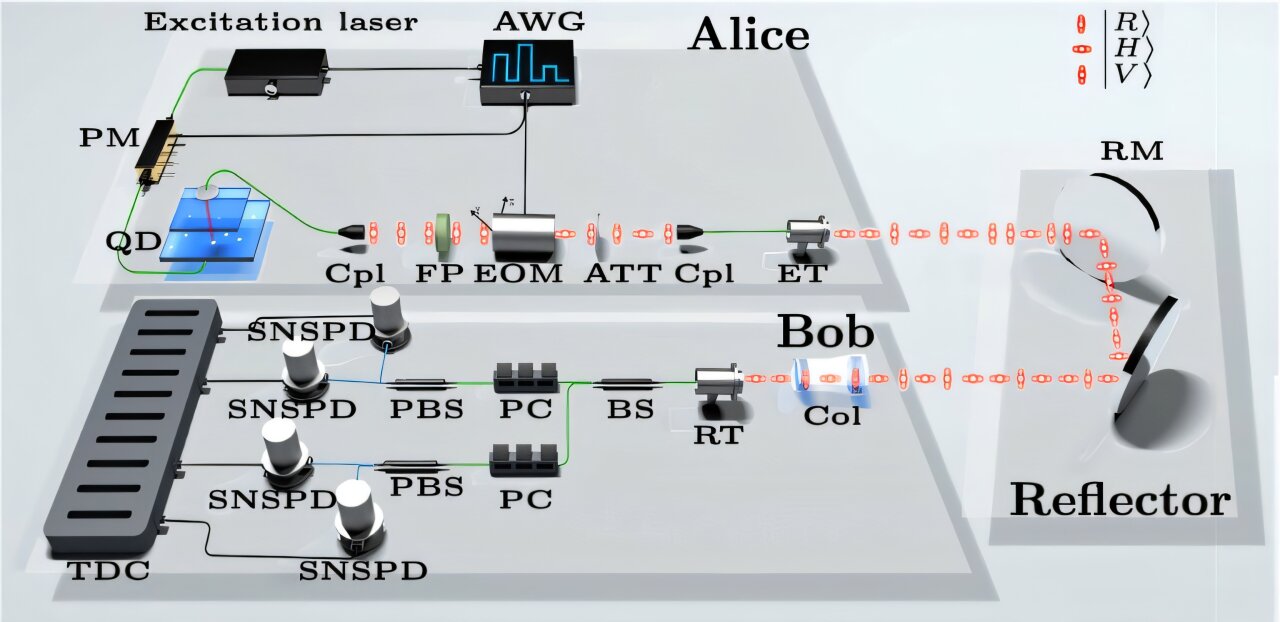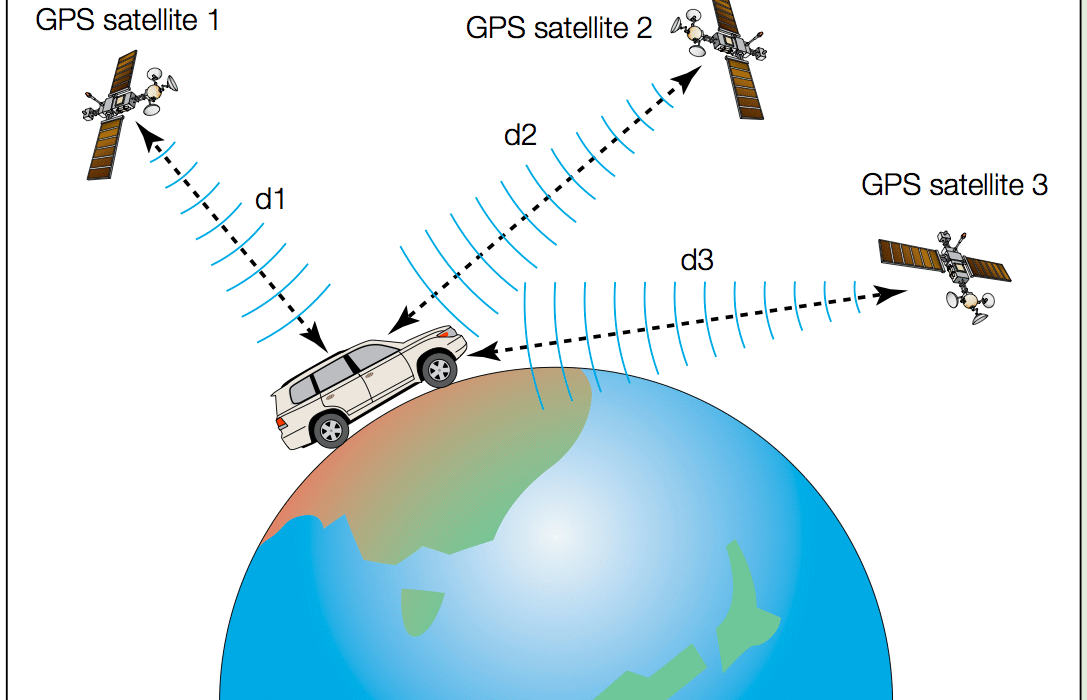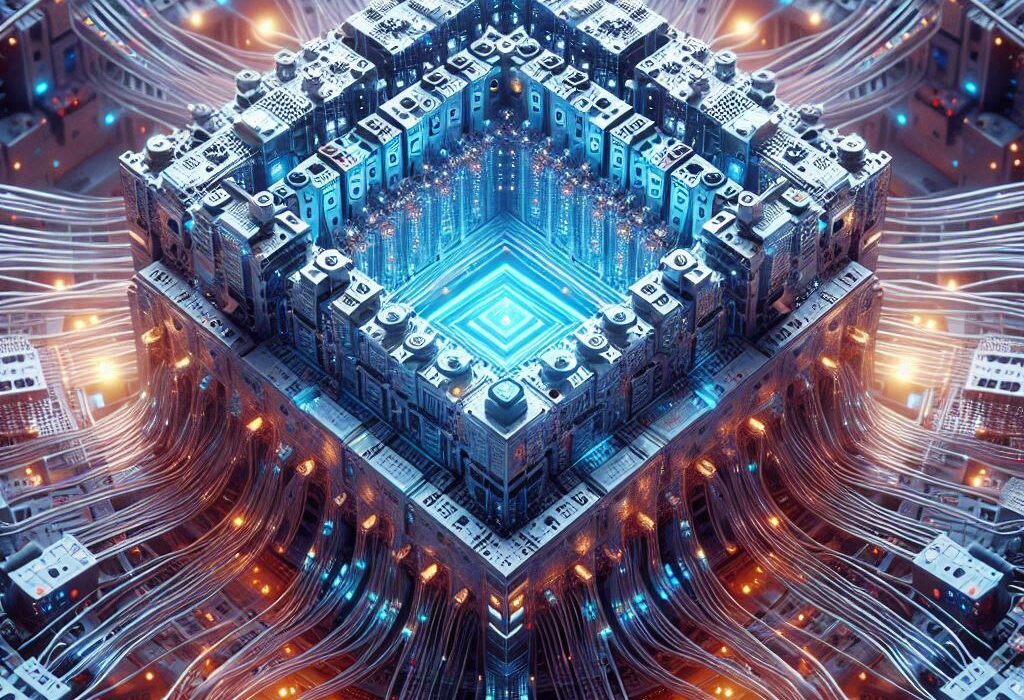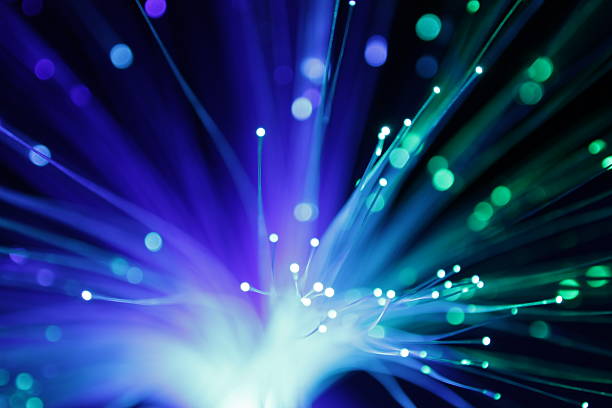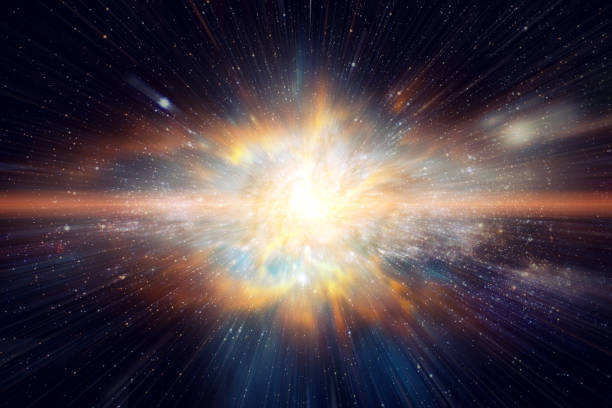In the age of surveillance and cyber warfare, where encrypted messages flicker across the globe at light speed, the quest for unbreakable security has become one of science’s most pressing frontiers. Now, researchers in China have taken a dramatic step forward—one that could rewrite the rules of secure communication and bring the promise of quantum encryption closer to reality.
A team at the University of Science and Technology of China (USTC) has achieved a milestone in quantum key distribution (QKD), a technique that uses the fundamental quirks of quantum mechanics to create virtually unhackable communication channels. By developing a true single-photon source—something scientists have pursued for two decades—they’ve shown, for the first time, that it’s possible to outpace the best-performing systems that rely on weakened light signals.
Their breakthrough, published in Physical Review Letters, represents a turning point in the long race to bring quantum encryption out of the lab and into the world.
The Quest for Quantum-Safe Communication
At the heart of QKD lies an idea as strange as it is powerful: if you try to observe or copy a quantum particle—like a photon carrying a bit of encryption key data—you disturb it. That means any attempt to eavesdrop leaves a detectable trace, making QKD fundamentally more secure than classical cryptographic systems, which rely on mathematical complexity that might one day be cracked by quantum computers.
But while the theory has long promised a revolution, the practice has lagged behind. Most real-world QKD systems today don’t actually use single photons. Instead, they use laser pulses so weak they simulate single photons. The trouble is, these pulses are imperfect. Sometimes they carry no photons at all. Sometimes, they carry two or more—leaving the door cracked open for would-be hackers to slip in undetected. Because of this, only about 37% of the laser pulses in typical QKD systems can actually be used to create secure encryption keys.
That’s where single-photon sources (SPS) come in—devices that emit exactly one photon, on demand, every time. In theory, they promise a dramatic increase in efficiency and security. In practice, they’ve remained elusive, plagued by low brightness and engineering hurdles. Until now.
A Light in the Quantum Dark
Led by physicist Feihu Xu, the USTC team set out to overcome what many in the field had come to see as a fundamental bottleneck. Previous attempts to deploy SPS in QKD failed to match the speed or reliability of the best weak coherent pulse (WCP) systems, largely because they couldn’t generate photons reliably or efficiently enough.
“Our goal was simple in concept, but extremely difficult in execution,” Xu said. “We wanted to build a physical system that could emit high-brightness single photons on demand—something that, until now, had remained out of reach.”
To do it, they turned to cutting-edge quantum dot technology—semiconducting structures so small they behave like artificial atoms. Embedding these quantum dots into optical cavities, the researchers engineered a source that could trap light and release it in carefully controlled single-photon bursts.
By adding ultra-narrow filtering, reducing polarization loss, and refining every stage of the signal’s journey, they created what Xu calls “the most efficient SPS-based light source for QKD reported to date.”
The Experiment That Changed the Game
In both lab-controlled settings and a real-world urban field test, the team’s quantum key distribution system was put through its paces. They set up a free-space channel with a controlled loss of 14.6 decibels—an optical equivalent of trying to whisper a secret through thick fog—and measured the secure key rate, or SKR: the speed at which usable encryption data is generated.
The results were stunning. Their SPS-based system achieved a secure key rate of 1.08 × 10⁻³ bits per pulse—79% higher than the practical upper limit of traditional WCP-based systems.
“This is the first time we’ve seen an SPS-QKD system exceed the fundamental rate limit of weak coherent pulses,” Xu said. “It’s a demonstration that the theoretical advantages of SPS aren’t just academic—they can be realized in practice.”
A Future of Quantum-Protected Networks
Still, the system isn’t perfect. The researchers acknowledge that, for now, their setup can’t handle the same maximum channel loss as WCP-based systems. But this limitation, they believe, stems not from the hardware itself, but from the particular quantum protocol they used—a version that doesn’t yet include “decoy states,” a technique that disguises signal levels to thwart sophisticated eavesdropping.
“Future improvements in photon emission purity and system design could overcome this issue,” Xu noted. “We’re also exploring combining our single-photon sources with decoy-state theory to further increase performance and loss tolerance.”
Looking ahead, the implications are immense. More efficient QKD systems powered by true SPS could form the backbone of next-generation quantum communication networks. Imagine diplomatic channels, financial institutions, or critical infrastructure protected not by passwords, but by the very laws of physics—communications that can’t be copied, cracked, or spied on without detection.
A Global Quantum Arms Race
This breakthrough comes at a time of growing interest in quantum security around the world. China has already launched a quantum satellite, Micius, capable of distributing encryption keys across vast distances, and has built a 2,000-kilometer-long quantum communication line connecting Beijing and Shanghai.
Western nations, too, are investing heavily in quantum technologies, both for computing and for cybersecurity. The stakes are high: whoever masters quantum-safe communication first will hold a decisive advantage in the digital world.
Xu and his team believe their work could be a cornerstone of that future.
“We are confident that ongoing technological advancements will progressively move QKD towards practical and general applications,” Xu said. “This is not just a scientific curiosity—it’s the foundation of secure communication in the quantum era.”
More Than Just Security
But beyond its immediate applications in encryption and defense, the work reflects something deeper: the sheer ingenuity of human beings as we confront the mysterious quantum world.
Single photons—once just a theoretical abstraction—are now being fired through the air in controlled, meaningful patterns, carrying secrets that no spy can steal. In these delicate flickers of light, scientists are sculpting the future, one bit at a time.
It’s a powerful reminder that even the strangest corners of nature—those where particles exist in multiple states, where observation changes reality, and where uncertainty reigns—can become tools for building a safer, more secure world.
As Xu’s team continues to refine their system, and others race to join them, one thing is becoming clear: the quantum internet is no longer a distant dream. It’s taking shape, photon by photon.
Reference: Yang Zhang et al, Experimental Single-Photon Quantum Key Distribution Surpassing the Fundamental Weak Coherent-State Rate Limit, Physical Review Letters (2025). DOI: 10.1103/PhysRevLett.134.210801. On arXiv: DOI: 10.48550/arxiv.2406.02045
